2025
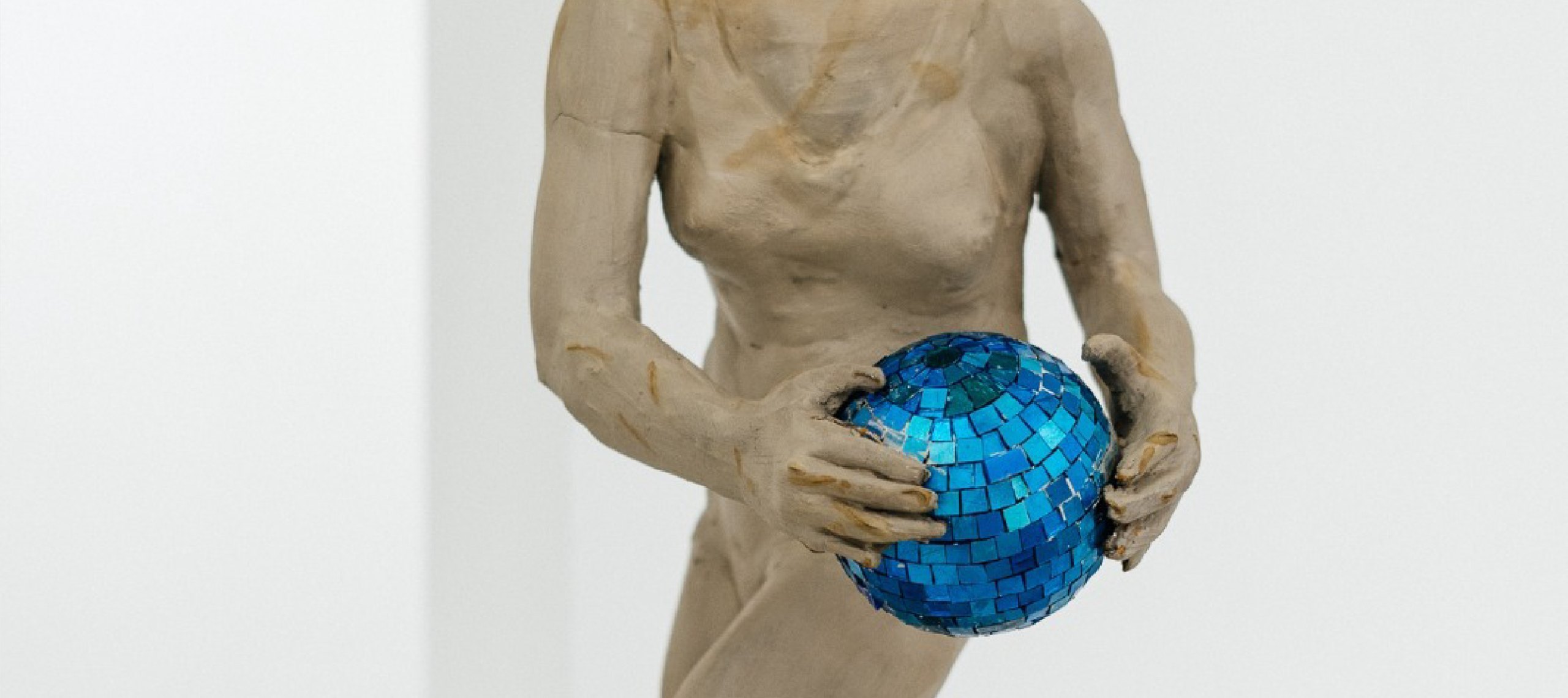
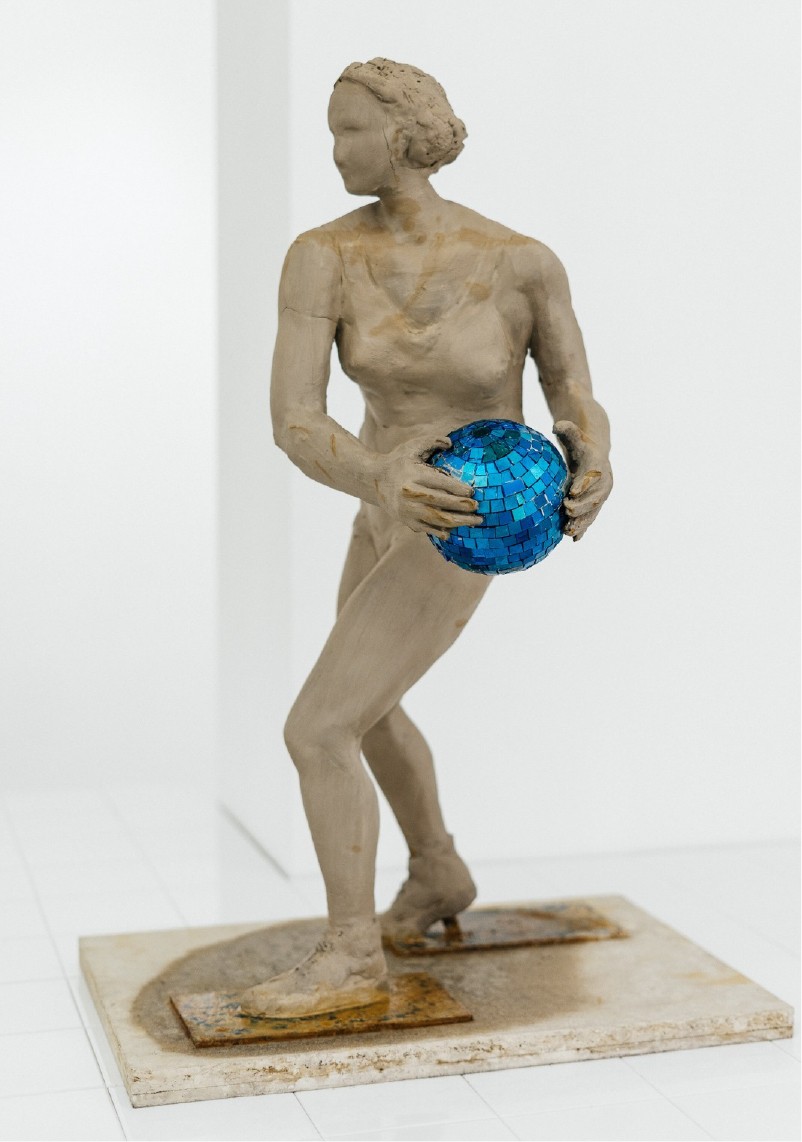
In Western philosophical tradition, paradise has often been interpreted either as a concrete place or as a state of mind and utopian ideal. Plato, for example, speaks of a world of ideas, a realm of pure perfection, in contrast to the imperfect reality of the material world. In medieval Christian thought, paradise is both a place of origin (the Garden of Eden) and an eschatological promise (Heaven).
Modern and contemporary philosophers, such as Nietzsche and Heidegger, have reinterpreted paradise in existential and metaphysical terms, questioning the idea of a lost harmony and a future restoration. For Nietzsche, the concept of paradise is a moral construction designed to soothe human suffering, while for Heidegger, nostalgia for a “lost paradise” is an expression of modern alienation from Being.
Yet paradise appears as a recurring myth in almost all cultures, reflecting the human need to explain the origin, purpose, and destiny of humanity. These myths are often linked to the idea of a rupture or fall — an event through which humanity loses paradise and is cast into the world, where it must confront suffering, death, and imperfection. Thus, paradise becomes a symbol of collective nostalgia, a representation of an ideal time and space toward which people aspire.
However, in contemporary societies, paradise has been transformed from a transcendent ideal into a materialist one — exotic islands, self-sufficient communities, or artificial paradises created through technology are modern reinterpretations of the same ancient desire to escape everyday reality.
In political philosophy, paradise intersects with the idea of utopia—a perfect, equitable, and harmonious society. Yet history shows that many attempts to turn utopia into reality have led to totalitarian regimes or oppression, as Karl Popper warned. Therefore, paradise remains an ever-desired ideal, but one that is never fully attainable.
Today, under the dominance of artificial intelligence, transhumanism and climate change, paradise takes on new forms, leading to the next question: Is it possible to build a paradise on Earth? Or is the search for paradise, in itself, a necessary illusion of the human condition?
Artiști
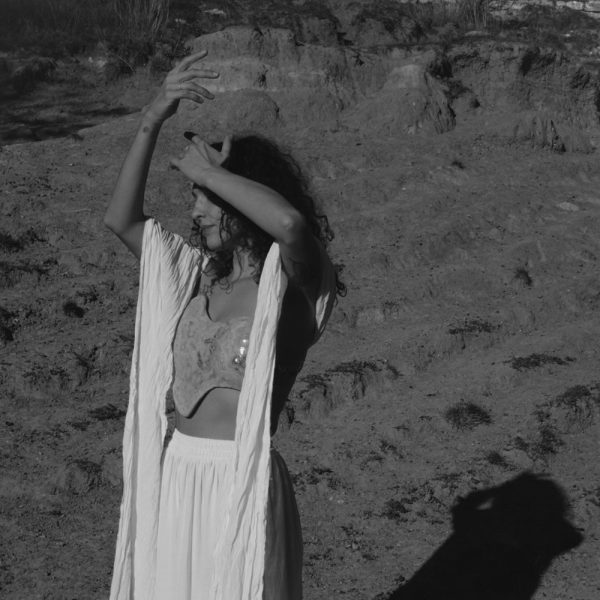
UAU
UAU Studio embodies an instinctual approach to ceramic design, where the artisan’s touch is imbued into every creation. Established in Romania by visionary artist Vanessa Singenzia, the studio’s journey through the boundless potential of ceramic materials has culminated in an unmistakable design ethos.
At the heart of UAU’s design philosophy lies an unwavering commitment to meticulous craftsmanship. This dedication is woven into the fabric of our process, yielding not only functional pieces but also sculptural and conceptual artworks. Each creation is a testament to the fusion of form and function, where artistry serves utility.
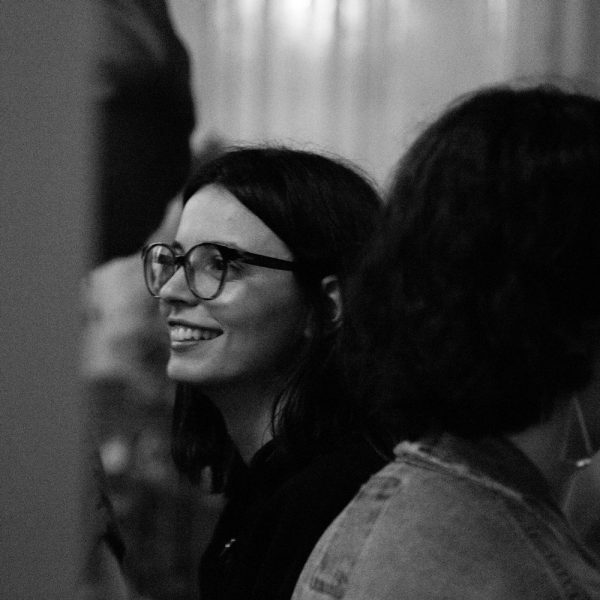
Ema Cristescu
With a predilection for poetic and philosophical experiences, Ema Cristescu manifests her inner world through ceramics in an unfinished and fragile manner.

Dana Catona
Dana Catona is a visual artist and poet (b. 1967, Timișoara), a graduate of the U.A.D. Cluj-
Napoca. Currently an associate professor at the Faculty of Arts and Design, West University
of Timișoara. She is the initiator of the Pend project within the Faculty of Arts and Design, a
space for interaction between artists and students. Participates in exhibitions with works of
ceramics, textiles, painting and graphics and is concerned with exploring the connections
between the visual and literary mediums and researching new paradigms of contemporary
Ceramics.
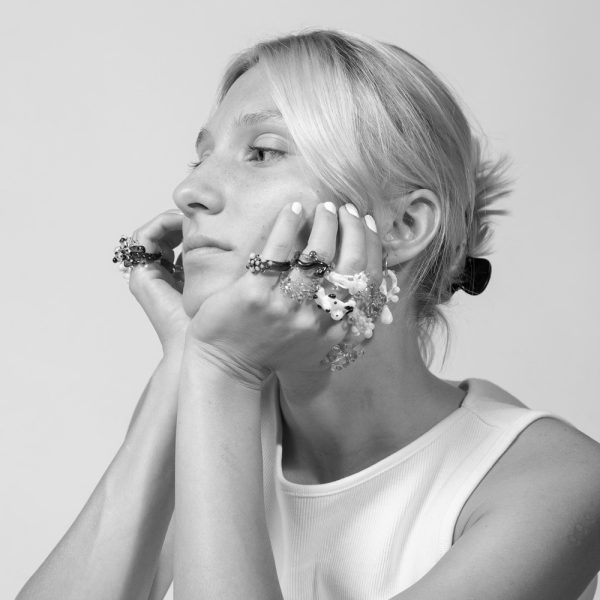
Lorena Rode
Lorena Rode is a Rotterdam-based artist. Her work seeks to understand the shared spaces between humans and the natural world, guided by her deep care for symbiosis and a fascination with more-than-human knowledge. Her creations defy rigid boundaries, existing as tools, stories, sculptures, or performances. She strives for a fluidity and playfulness in her work, crafting objects often made from a combination of various materials, including glass, wool, and ceramics.
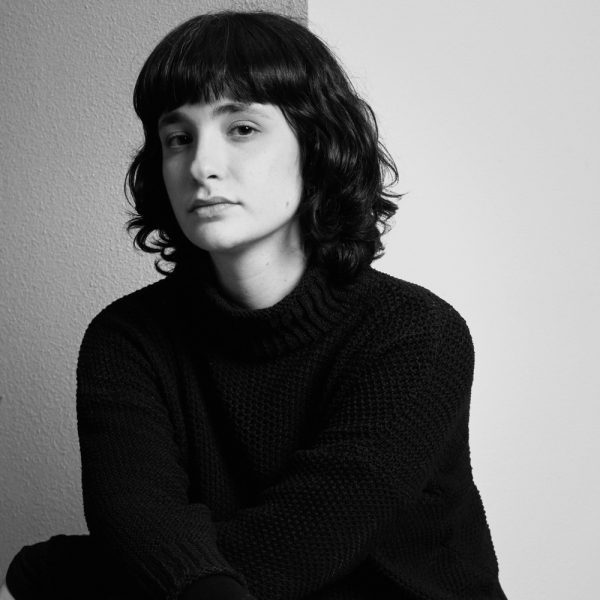
Martina Farrugia
Martina Farrugia (1998) is a designer based between Malta and the Netherlands. With a background in art history, archeology and digital art, her current artistic practice explores tangible cultural heritage and collective memory, translating her research and findings through clay-making.
Ars_Ana
Ana Gurduza is a maker of forms and ideas, originally from the Republic of Moldova and currently based in Bucharest. Her artistic practice is centered on ceramics, a medium of poetic expression that blends functionality with storytelling and emotional depth. With a background in architecture and restoration, her sensitivity to proportion, materiality, and history now informs her work with clay—where tactility, imperfection, and timelessness become essential tools. Alongside ceramics, painting holds an important place in her visual language, offering a space for intuition, color exploration, and emotional resonance. Working primarily in watercolor and oil, her paintings reflect the same sensibility present in her ceramic pieces: a distinct attention to form and atmosphere, revealing what often remains invisible. Through cobalt strokes laid on delicate surfaces, Ana explores the invisible threads between memory, beauty, and the quiet rituals of everyday life.
Arhitect

Carina Lăcătușu
Ana Carina Lăcătușu graduated with a degree in Interior Architecture from the Oxford School of Architecture (OBU), UK, in 2022. In 2023, she joined the Romanian Creative Week team. In 2024, during the festival’s 4th edition, she curated The Living Thread/ a live exhibition. The Living Thread invites individuals from all corners of the world to collaborate on sewing a single, unique Romanian blouse. The project is now on a global journey, fulfilling its symbolic mission of completing this collective artwork.
Carina has studied the concept of “furnitecture” and its effective integration into various spaces, being strongly influenced by nature, visual arts, and cultural identity in her creative process. Currently, she focuses on exploring new perspectives in exhibition design, set design, and furniture design.
Curatori
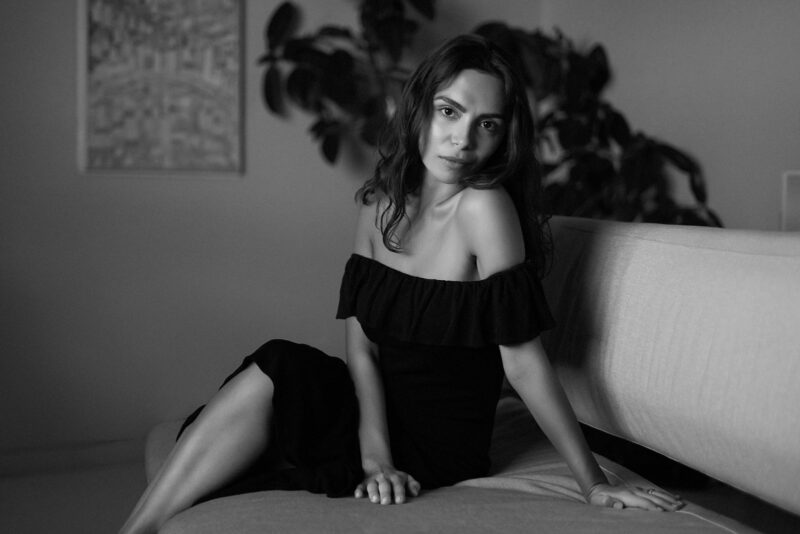
Caterina Pruteanu
She graduated from the “George Enescu” University of Arts in Iași with a degree in Theatre Studies – Cultural Journalism, and then continued her studies at the master’s program of the University of Bucharest, the Center for Excellence in Image Studies, specializing in Society, Multimedia, Spectacle.
She has coordinated several cultural projects and is currently the founder and curator of the ACT – arthouse cinema&theatre festival and part of the team of the TV show Starea Nației (with Dragoș Pătraru).

Adina Orboi
Half of my childhood life I spent trying to create connections between me and butterflies, our sweet apricot tree and the earth that was resting in the winter. Now I integrate nature in my pieces, such as foraged seeds, stones and marine gifts. I am sewing them on my garments and braiding shells on my necklaces hoping to tell the stories of our mutual home.
I created the Muse um Concept from the need of opening a dialogue, questioning our practices and our values, having at its core my childhood knowledge. Asking the question of how much we take and how little we give back?